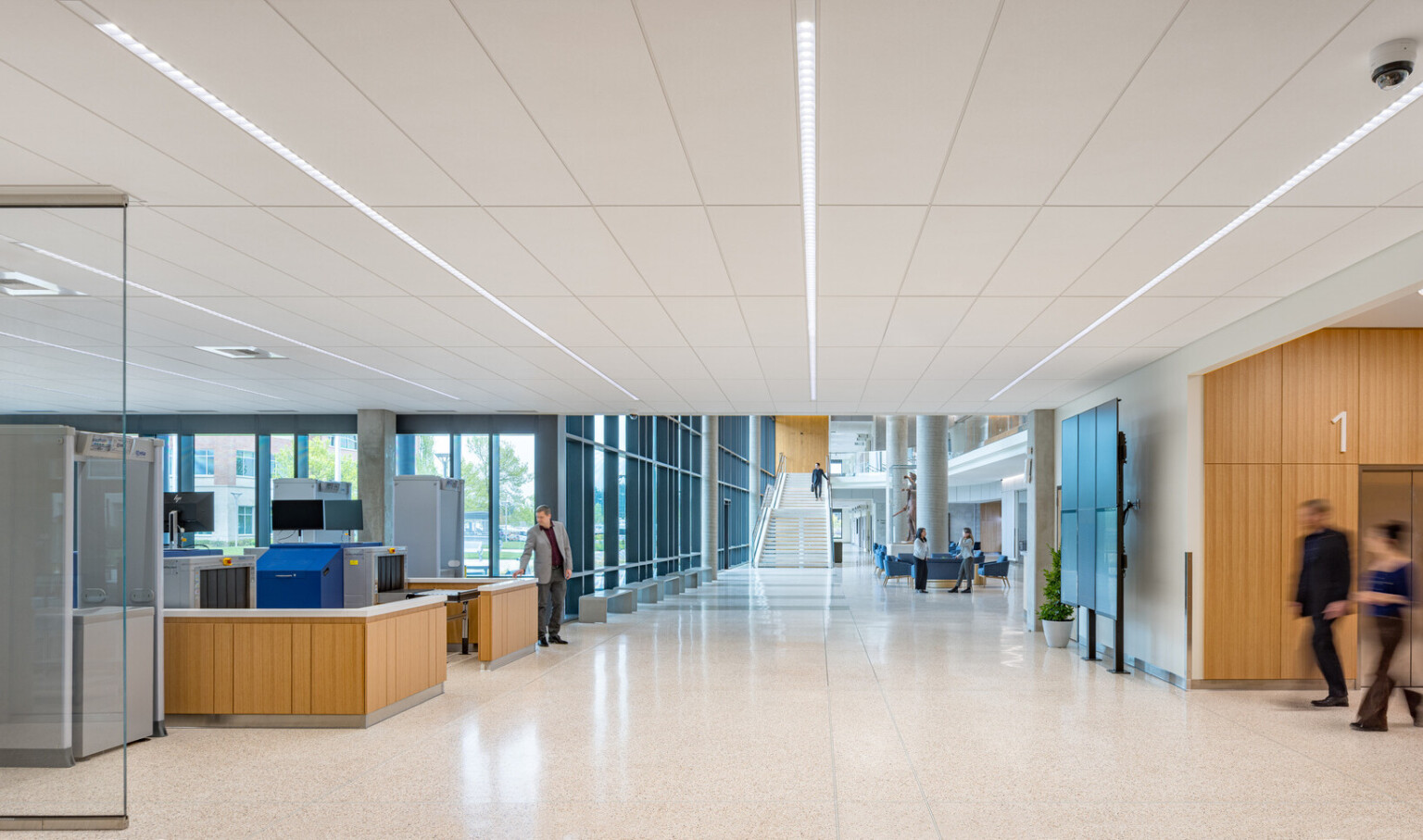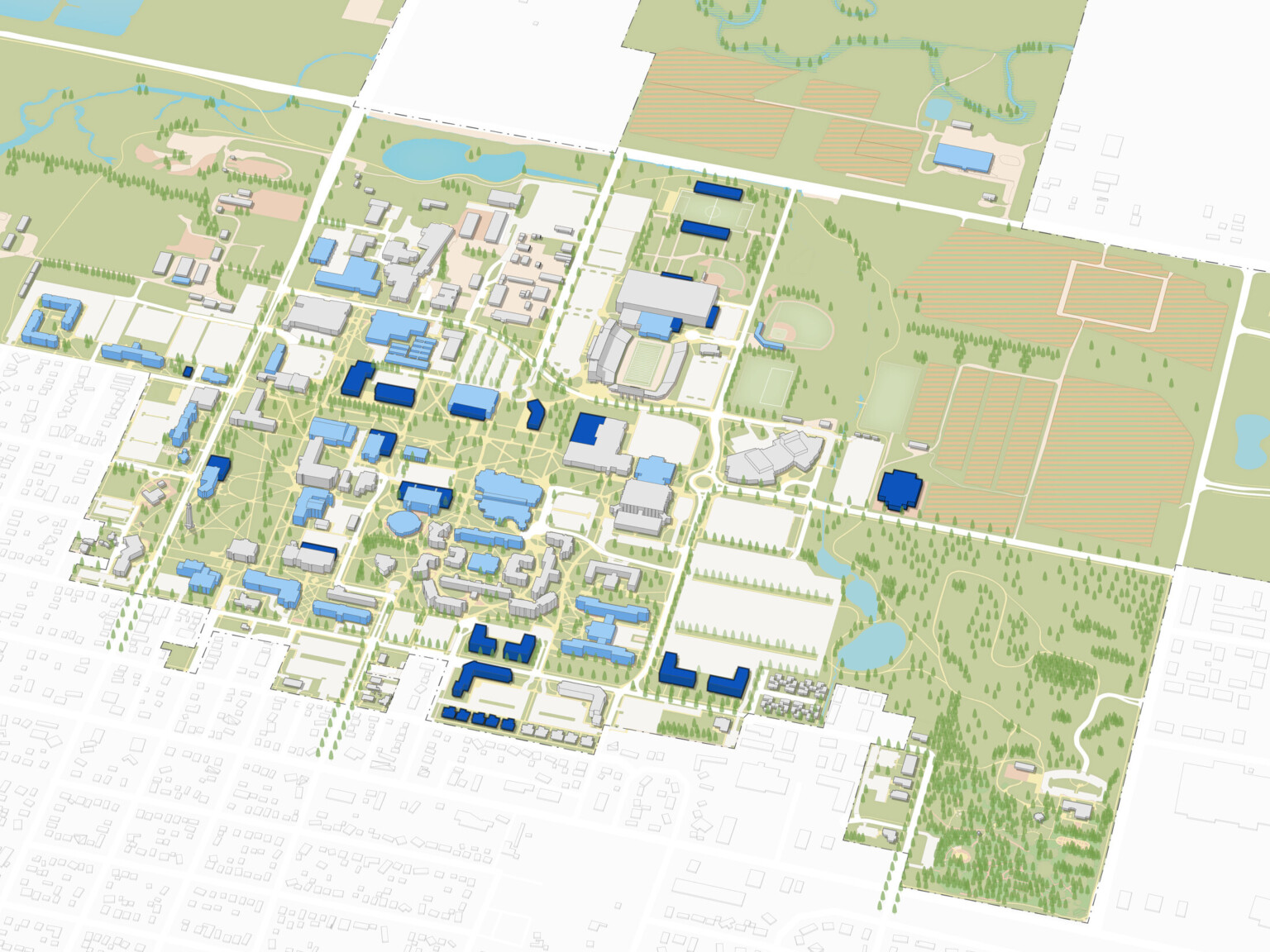
Beyond the Blueprint: What P3 Projects Really Teach Design Firms
Here are some of the biggest lessons we’ve learned from working on P3s:
1. Risk isn’t Scary; Unclear Risk is
One of the fundamental advantages of P3 delivery is that it transfers risk from the owner to the party best equipped to manage it: the design-builder. Traditionally procured projects often create greater uncertainty for owners, who may not be positioned to manage certain cost, schedule, or design risks. This uncertainty can drive premiums higher or extend project timelines. In a P3 project, performance-based contracts define success upfront, giving the private side the certainty it needs to deliver.
For owners, this means predictable outcomes and greater confidence that the project will meet its goals. For design-build teams, it means they can focus on execution without being sidetracked by unclear expectations. Clear allocation of risk ensures both quality design and a predictable outcome for all parties.
2. Communication is a Full-Time Job
Silence is expensive. When you’re coordinating between public agencies, private developers, legal counsel, lenders, and community stakeholders, checking in occasionally is not enough.
Constant, honest, and transparent dialogue is essential. Daily touchpoints keep small issues from becoming big ones. When a decision gets stuck, clear communication channels unstick it. When expectations shift, as they inevitably do, collaboration helps everyone adjust without panic.
3. Governance Drives Outcomes
Traditional project delivery often obsesses over process. P3s flip that model. They force you to define, right up front, what success actually means for involved stakeholders, then align every decision to that goal.
This outcome-driven mindset builds discipline. Teams get qualified early. Schedules become nonnegotiable. Resources are planned with surgical precision. And when everyone is measuring success by the same yardstick, competition becomes about value, not just cost.
4. Guard the Design Vision
P3s are rightly praised for cost and schedule control, but there’s a hidden risk: if you’re not vigilant, design quality can take a back seat. The best projects strike a balance between fiscal discipline and architectural ambition.
The Clackamas County Courthouse is proof. Delivered on time and within strict performance parameters, it stands as an award-winning civic landmark that prioritizes sustainability, wellness, and community trust. It demonstrates that with the right approach, you don’t have to choose between efficiency and design excellence; you can have both.
The Real Takeaway
Every P3 project is a proving ground. You walk away smarter about contracts, stronger in collaboration, and sharper in defining what success really means. These lessons are forged in partnership with financiers, attorneys, government officials, and community voices, all asking different questions while chasing the same answer.
For us, the takeaway is simple: P3 delivery makes firms better partners. It pushes us to think beyond the building and take ownership of the entire ecosystem around it. Risk, governance, communication, and yes, design excellence too.
The blueprint is only the beginning.
This piece was co-authored with Senior Principal and Global Justice+Civic Leader Darrell Stelling, AIA, DBIA.













